Camping in Redwood National Park is a sublime experience, where ancient redwood forests meet the power of the Pacific Ocean. You can choose sites either tucked within the primeval forest or overlooking expansive oceanfront vistas, along with primitive backcountry options.
This guide highlights everything to know about camping in Redwood National Park, including the best sites, time of year to go, and more.
Jump to:
- Overview: Campsites and Reservations
- Best Time of Year for Camping in Redwood National Park
- Getting to Redwood National Park
- Camping in Redwood National Park: a Site-by-Site Guide
Overview: Campsites and Reservations

Developed Campsites
Redwood National Park has (4) developed campsites, going from south to north:
- Elk Prairie Campground
- Gold Bluffs Beach campground
- Jedidiah Smith Campground
- Mill Creek Campground
We strongly recommend advanced reservations for any developed campground, as sites fill up quickly. You can book reservations online at Reserve California.
Backcountry Sites
There are also (7) primitive backcountry sites, going from south to north:
- Redwood Creek Dispersed
- 44-Camp
- Elam Camp
- Gold Bluffs Beach
- Flint Ridge
- DeMartin
- Little Bald Hills
Camping at any primitive site requires a free backcountry permit. Permits can be booked online up to 180 days in advance.
Best Time of Year for Camping in Redwood National Park
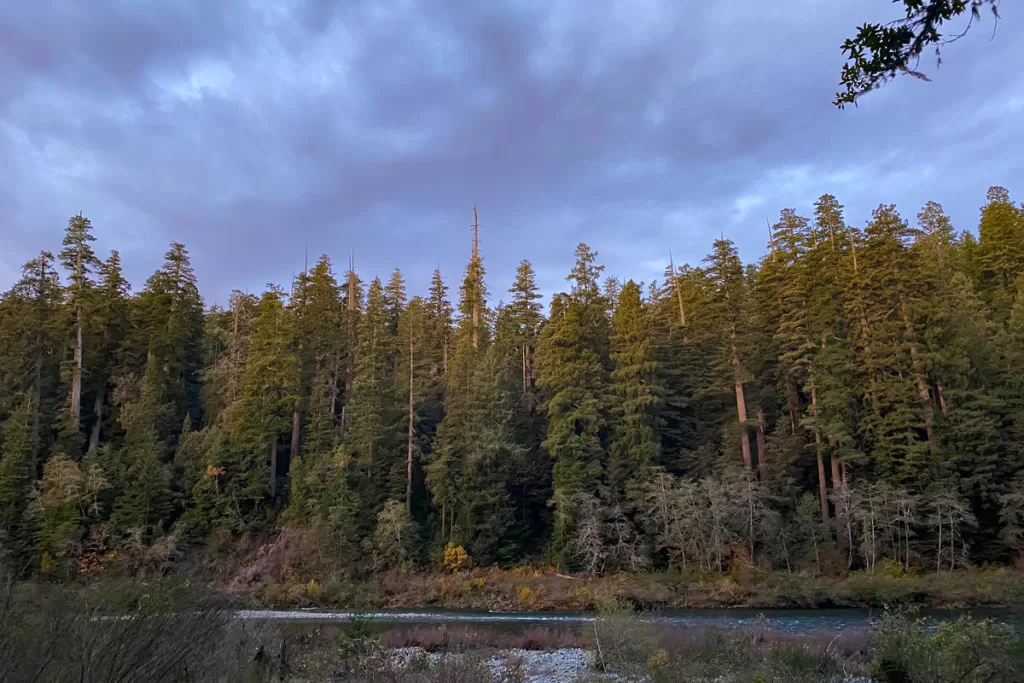
Redwood National Park is open year-round, and temperatures always remain mild.
Being a coastal rainforest, moisture is common any time of year, whether it’s fog, drizzle, or rain. However, you can optimize your chances of sunny days, depending on what time of year you visit.
- Spring: spring starts wet, with frequent rain or drizzle. But by May-June, the weather typically opens up to sunshine.
- Summer: coastal fog is common in summer, although it does lend additional mystique to the ancient groves. You can still catch warm, sunny days. However, campsites also fill up quickly during peak summer months.
- Fall: fall months are often crisp and clear, with blue skies and less rain.
- Winter: winter is the rainiest season in the park, averaging 9-11” of rain each month between November – March. (Although we’ve camped in Redwood in late November and still lucked out with crisp, sunny days, so you never know!)
Getting to Redwood National Park
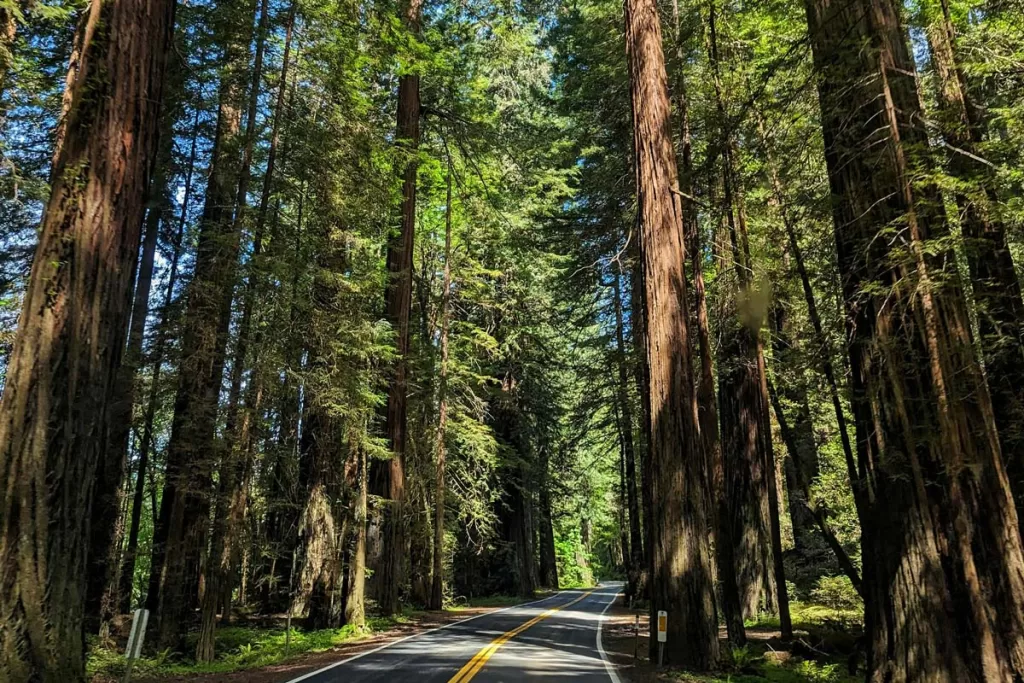
Redwood National Park is located about 300 miles north of San Francisco, or 300 miles south of Portland, Oregon.
The closest main airport is Arcata-Eureka (ACV), also known as the California Redwood Coast – Humboldt County Airport. It’s 25 miles from the southern entrance to Redwood National Park, although it’s still a 45 – 90-minute drive to the more popular sections of the park.
You can also fly into Crescent City, just 4 miles from the park’s northern border, via Del Norte County/Jack McNamara Field (CEC). However, service is more limited than Arcata-Eureka.
We strongly recommended having a car at your disposal, as public transportation is extremely limited and does not connect to the actual campsites.
Camping in Redwood National Park: a site-by-site guide
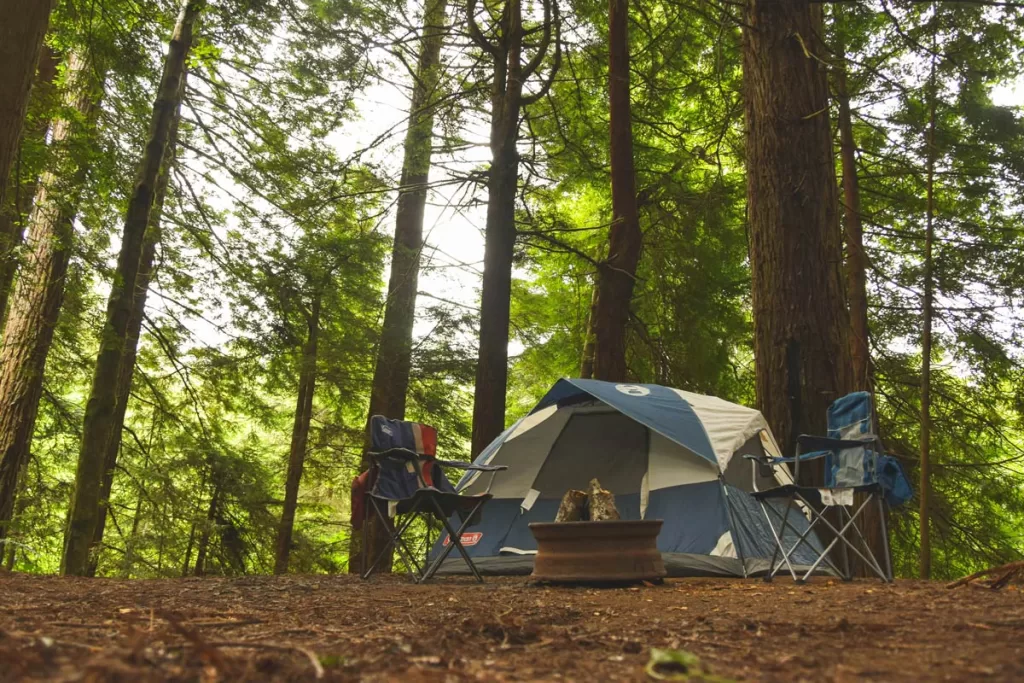
Developed Campsites
These campgrounds are organized geographically, from south to north. You can reserve any site in advance, online at Reserve California.
Elk Prairie Campground
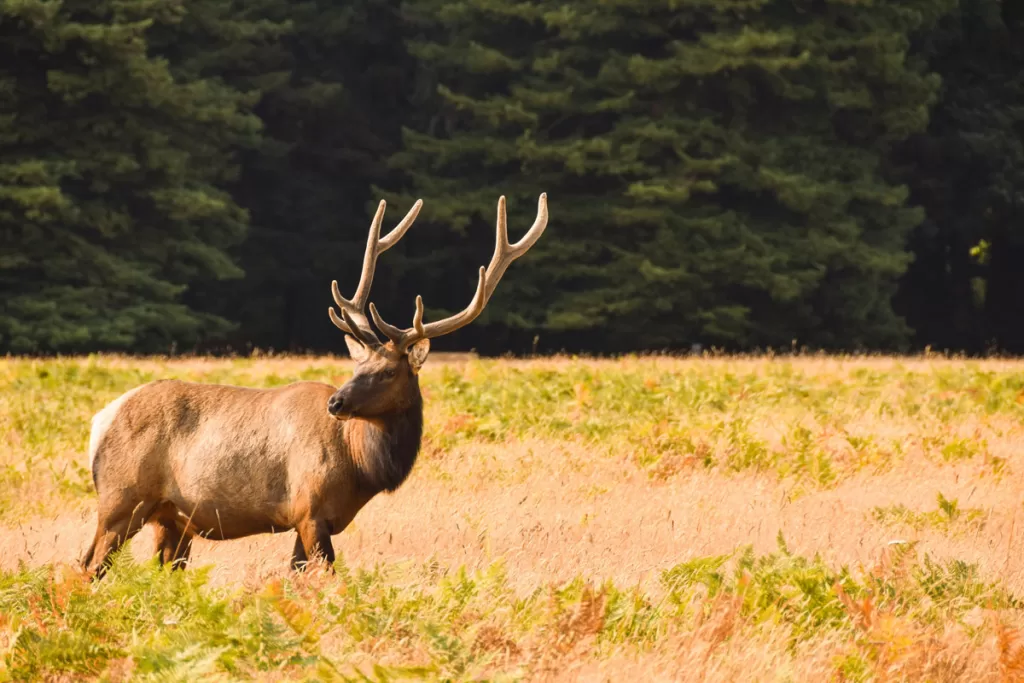
The southernmost campground in the park, you’ll often see the namesake Roosevelt elk that roam and graze in the region.
Elk Prairie is close to the majority of the park’s southern highlights, including Prairie Creek, Fern Canyon, and Newton B. Drury Scenic Parkway. Learn more.
Gold Bluffs Beach Campground
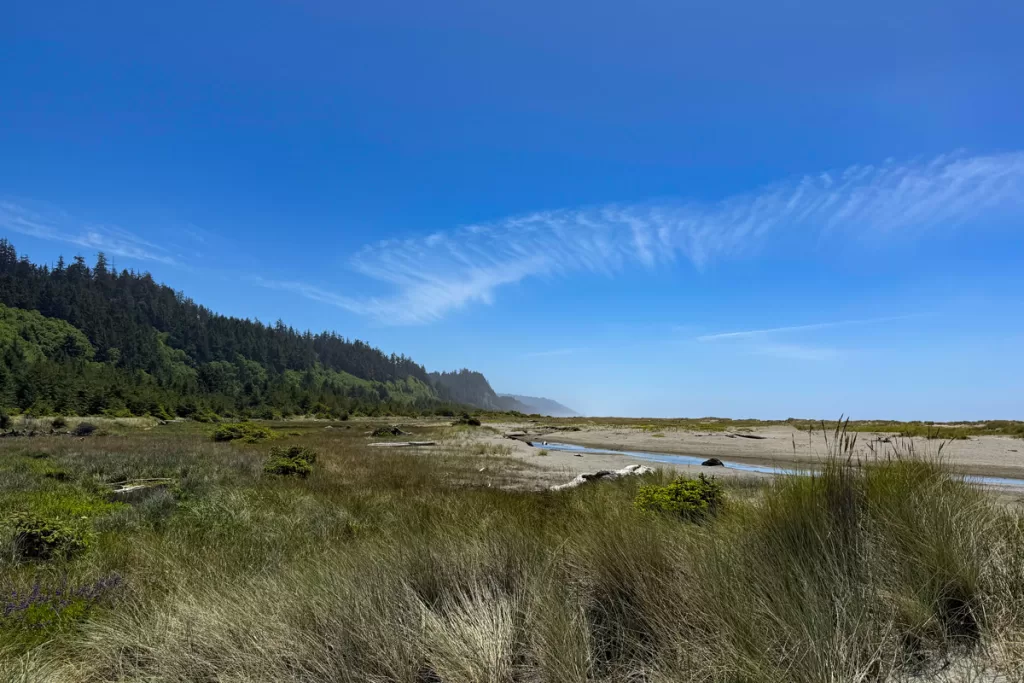
Set back on a remote stretch of beach, Gold Bluffs is less than a mile walk to the scenic Fern Canyon, one of the park’s top photo spots.
Here, you get the best of both worlds, with the roar of the mighty Pacific mingling on the edge of old-growth redwood groves. Learn more.
Mill Creek Campground
Open seasonally between mid-May to the beginning of October, Mill Creek is a serene option towards the park’s northern environs.
Campsites are tucked underneath stately redwood trees, and close to park highlights like Howland Hill Scenic Drive and Jedidiah Smith Redwood State Park. Learn more.
Jedidiah Smith Campground
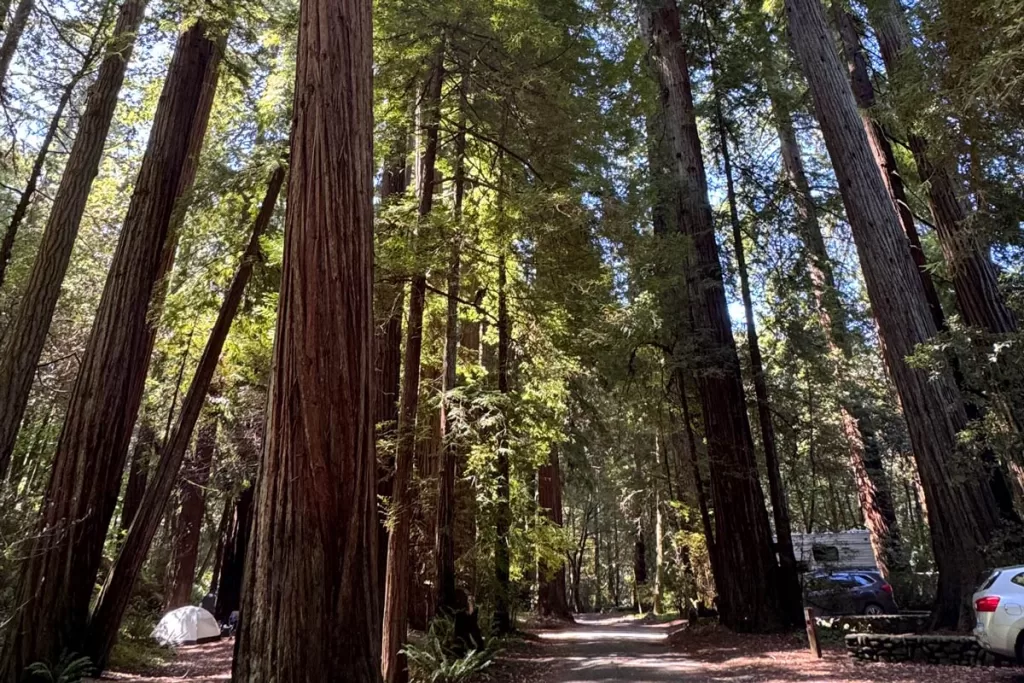
One of our personal favorite developed campgrounds (not just in Redwood National Park, but anywhere!).
Majestic old-growth redwoods tower above, while the Smith River cuts along the campground’s western border. The day-use park makes a great spot to post up for a river day. Learn more.
Backcountry Sites
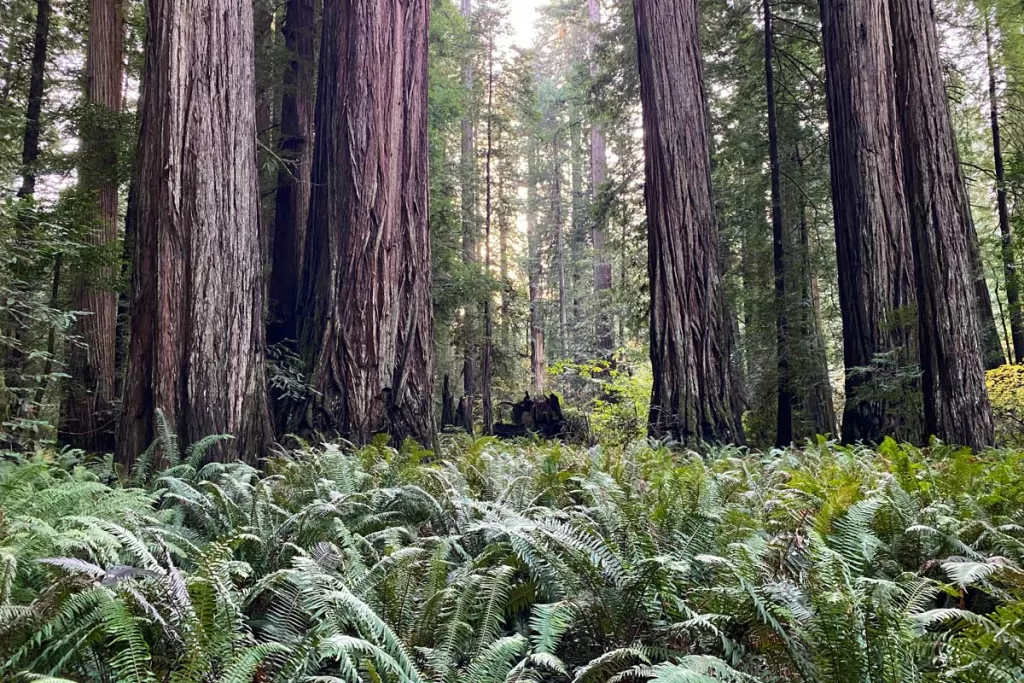
These sites are organized geographically, from south to north. As a reminder, you need a backcountry permit to camp within any of the following areas.
With the exception of Gold Bluffs Beach, there is no drinking water available at any backcountry site. The sites situated along Redwood Creek can utilize a water filter to obtain water for drinking and cooking, while all other sites require you to carry in your own water supply.
Redwood Creek Dispersed
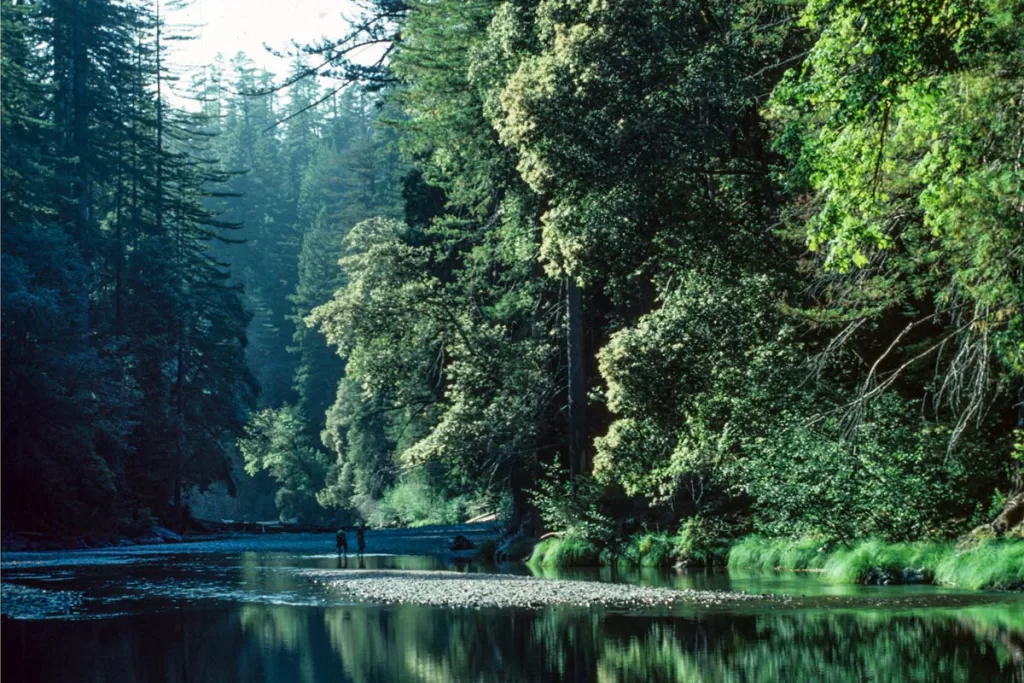
This portion of Redwood Creek is the only area in the park where true dispersed camping is permitted. All other backcountry locations still have designated sites, whereas here you can set up camp wherever you see fit.
To access the stretch, it’s a 2.5-mile hike from Tall Trees Trailhead (directions) or 7.5 miles from Orick Horse Trailhead (directions). The permitted camping zone sits along a gravel bar on the edge of Redwood Creek. Learn more.
Access: seasonal footbridges are removed from Redwood Creek every October (ahead of the winter season). If you’re camping outside of the summer months, you must pay especially close attention to current conditions and how you plan to reach the camp.
Water: all water from Redwood Creek must be filtered before drinking or cooking.
Bears: while bears are not frequently seen in Redwood National Park, it is still required to either hang your food or bring your own bear canister.
44-Camp
Along with Elam Camp (below), 44 is one of the more remote backcountry sites available in Redwood National Park.
It’s a 13-mile trek from Orick Horse Trailhead (directions) to reach the site, which supplies the standard fire pits, bear lockers, and picnic tables. There is NO toilet available at 44-Camp. Learn more.
Water: all water from Redwood Creek must be filtered before drinking or cooking.
Elam Camp
Elam Camp sits along the same Redwood Creek as 44-Camp (above), but with slightly less mileage to get there. It’s a 7.5-mile hike from the Orick Horse Trailhead (directions).
With only 3 sites, you’ll truly feel off-grid, tucked into verdant fern and old-growth redwood groves. Fire pits, toilet, bear lockers, and picnic tables are available. Learn more.
Water: all water from Redwood Creek must be filtered before drinking or cooking.
Gold Bluffs Beach
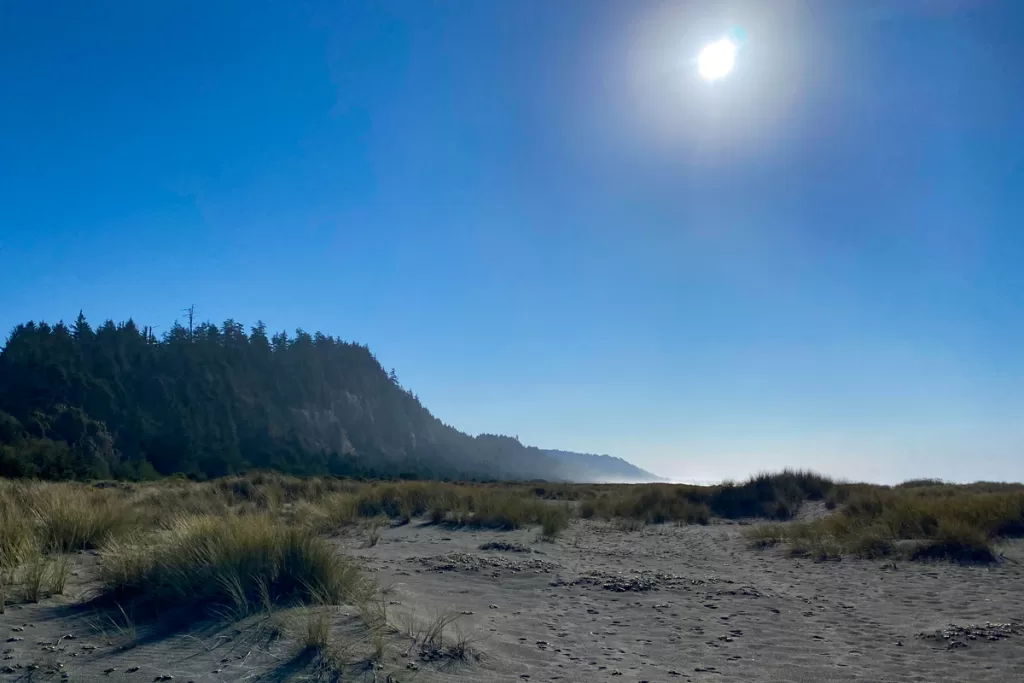
The majority of Gold Bluffs is a designated campground, however there is one “primitive” site (behind sites #19-20) that is designated “backcountry”.
Hikers can reach the site via the Miners Ridge Trail, 4.5 miles each way, that begins at Prairie Creek Visitor Center (directions). Because you’re connected to the larger campground, you’ll have water access, a bathroom, and showers, along with the standard fire pit, food locker, and picnic table. Learn more.
Water: yes, at campground.
Flint Ridge
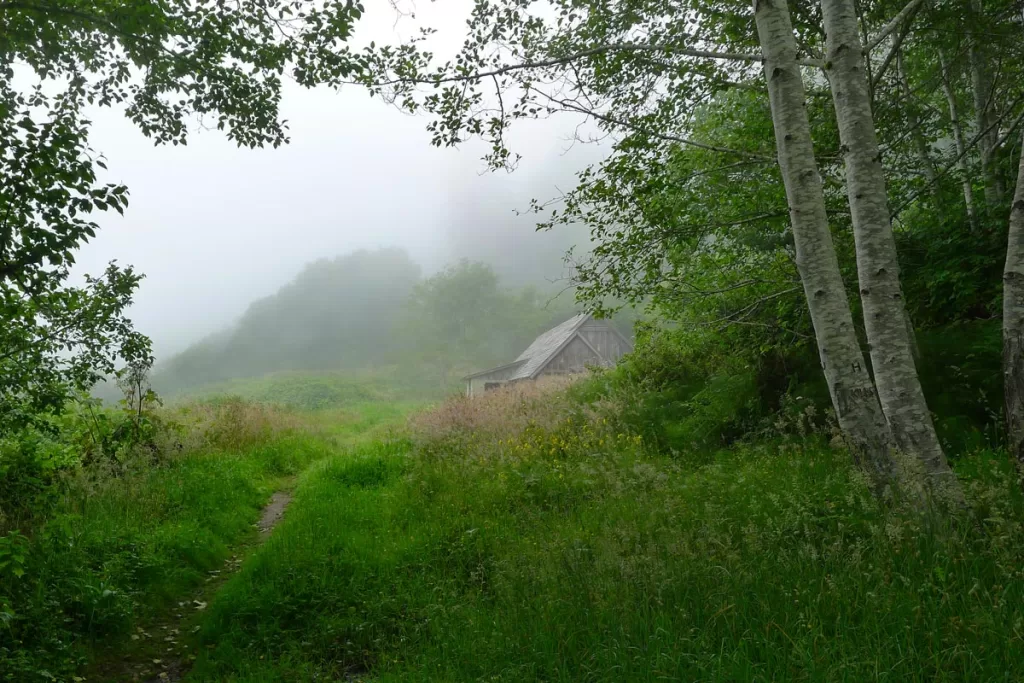
Flint Ridge has the shortest mileage of any backcountry option in the park. From Coastal Drive, it’s just 0.25 mile up from the Flint Ridge Section Trailhead (directions). Here, there are 8 sites, along with a toilet.
Highlights include hiking to the old WWII radar station, and ocean panoramas. Learn more.
Water: no water available; carry in your own supply.
DeMartin
To reach DeMartin, you’ll utilize the Coastal Trail – DeMartin section trailhead, on the east side of Highway 101 (directions), at mile 15.7 when you’re traveling north. From here, it’s 3.4 miles up various switchbacks to reach the site.
There are 10 sites available, along with fire pits, bear lockers, a toilet, and picnic tables. Learn more.
Water: no water available; carry in your own supply.
Little Bald Hills
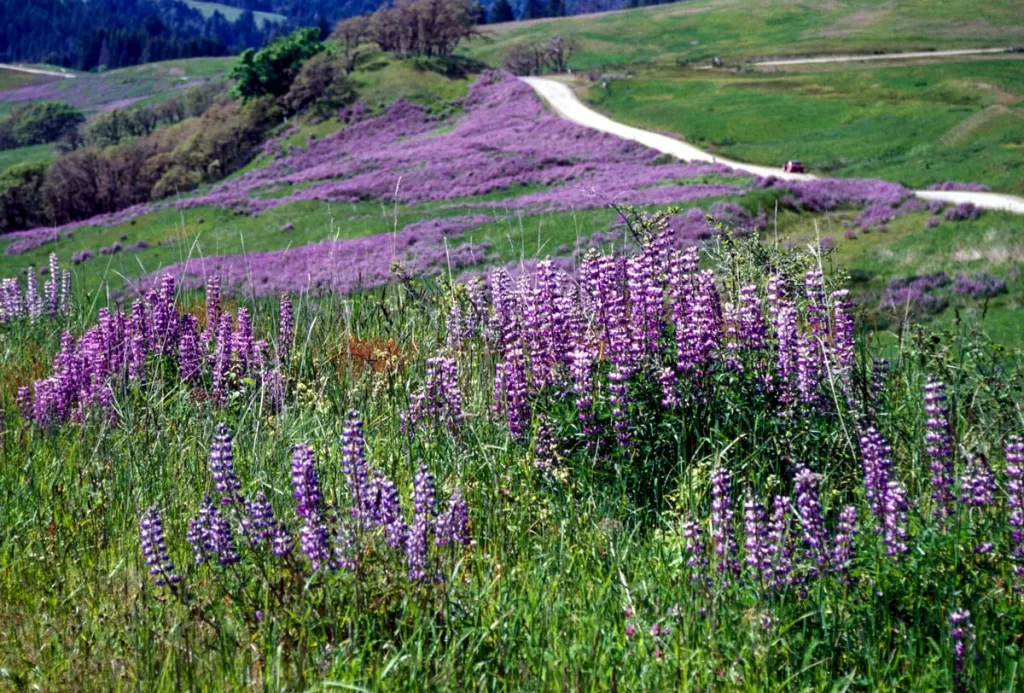
Located off Howland Hill Road, it’s 3.3 miles and a steep 1,800’ elevation gain to reach the campsite. There are five sites here, with fire pits, bear lockers, a toilet, and picnic tables. Learn more.
Water: no water available; carry in your own supply.
Have more time to spend in Redwood National Park? Check out our guide on the best things to do in Redwood National Park for more inspiration.
